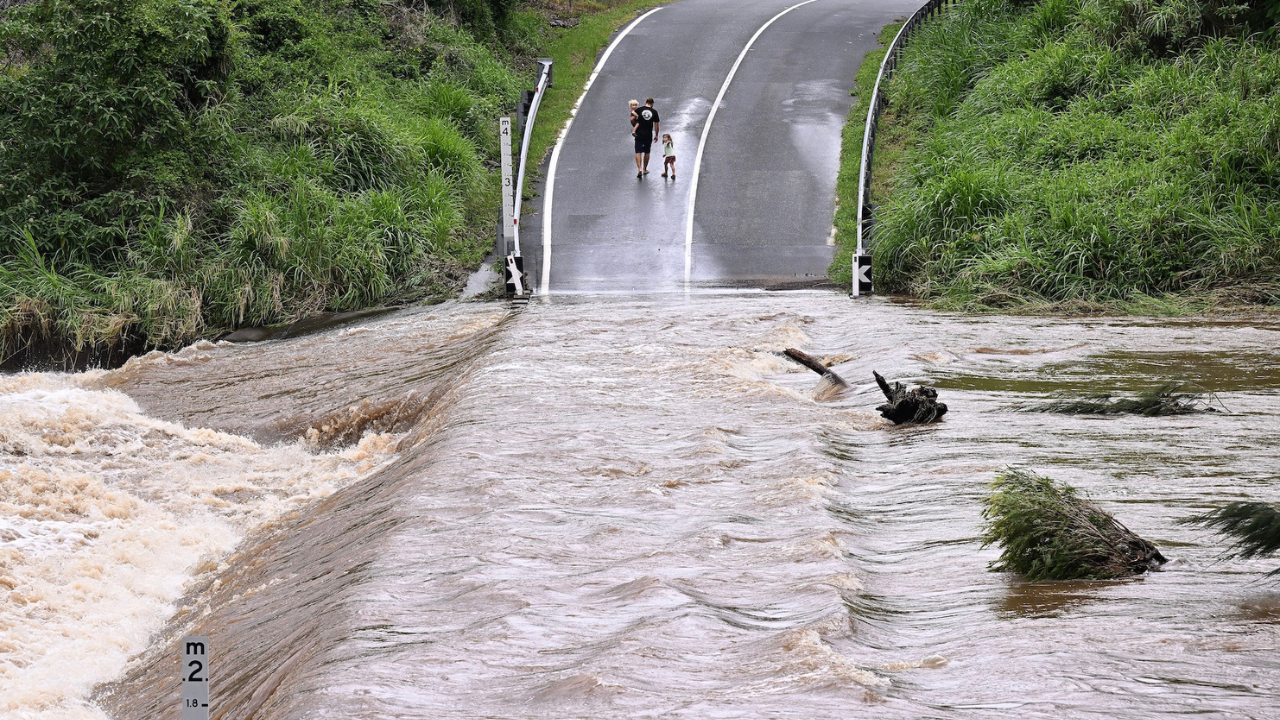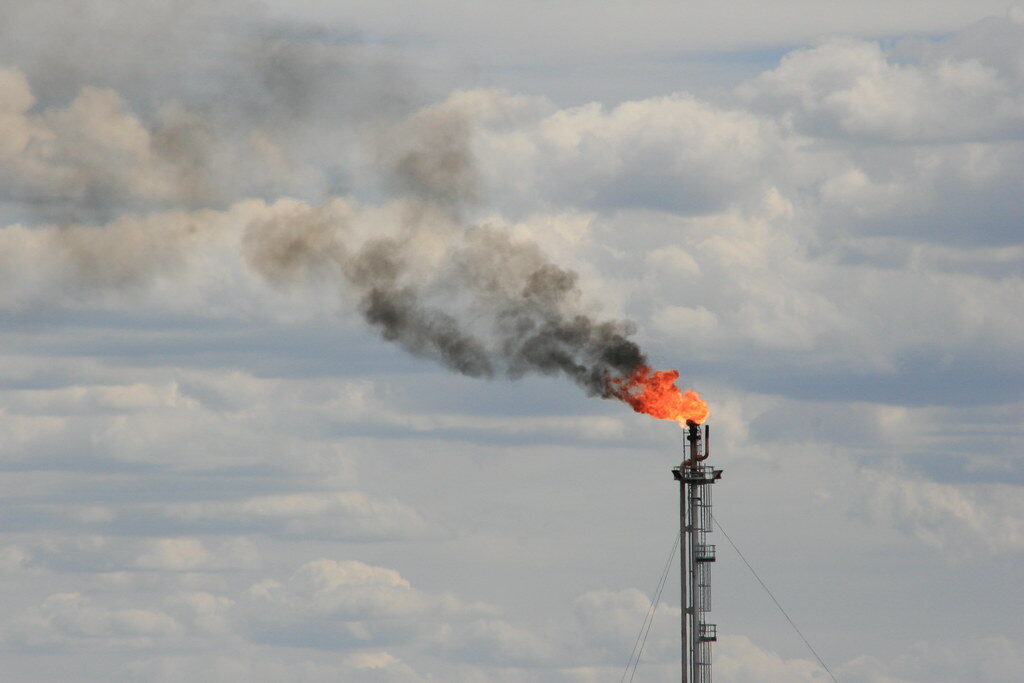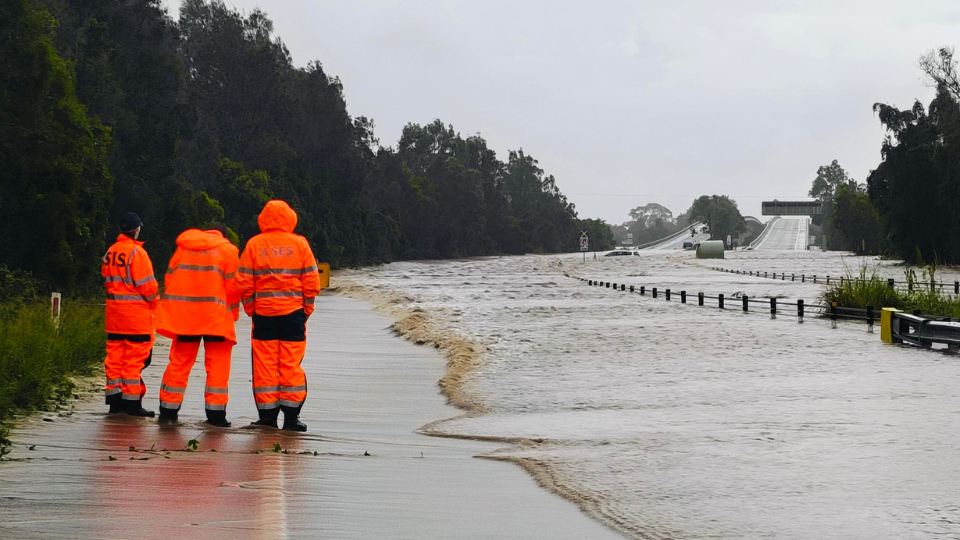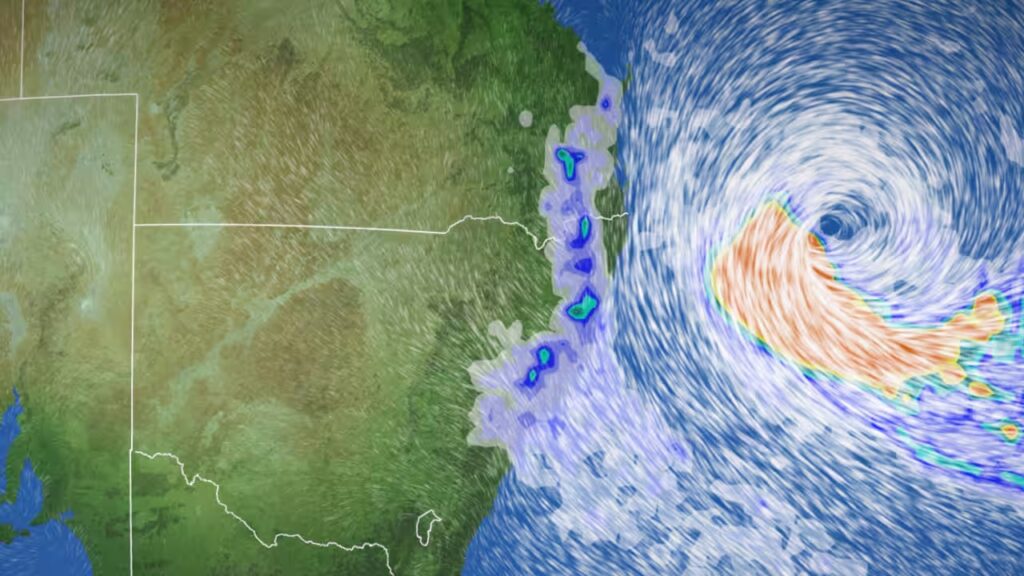In late October 2023, after three years of above average rainfall had given way to El Niño and Australia’s driest three months on record, fires in the Western Downs Region of southeast Queensland destroyed more homes than were lost in that state in the infamous 2019-20 Black Summer fires. Just weeks later, nearby weather stations were registering their highest November rainfall on record, and December saw southeast Queensland hammered by extreme downpours and reeling from billions of dollars in flood damages. January has delivered severe and extreme heatwave conditions at times, as well as flooding rains.
Some have described the summer so far as one of whiplash – being hurtled violently from one extreme to another. Such experiences are not confined to Queensland, Australia’s most disaster-prone state. Communities throughout our eastern states, including Victoria and New South Wales, have similarly experienced wild swings between scorching heat and fire risk to intense downpours and flash floods, and back again.
What was originally expected to be a mostly dry El Niño summer has instead dispatched almost every possible extreme. Communities have been caught off guard, emergency services strained, and conventional meteorological wisdom challenged. Almost every state and territory has broken an extreme weather record.
Communities across the east coast are experiencing climate whiplash this summer – wild swings between many extremes – as climate change makes our weather more chaotic and dangerous.
In a rapidly changing climate, history may no longer be our best guide for what’s next. Our weather is noticeably more chaotic, unpredictable and dangerous.1 Climate drivers – recurring phenomena such as El Niño/La Niña, the Southern Annular Mode, and the Indian Ocean Dipole – may be interacting in complex new ways. Rising ocean temperatures are affecting rainfall patterns. Extreme events are becoming worse, more common, and less predictable. We are poorly prepared for these changes, and still doing far too little to tackle the root cause of the climate crisis: pollution from the relentless burning of coal, oil and gas
In this interim report, the Climate Council presents some key observations from the summer so far. What have we learned? What has surprised our experts? What has it taught us about our changing climate, and how we need to respond? This will be followed in March by a comprehensive analysis of the summer and the urgent actions needed to protect Australian communities from further climate harm.
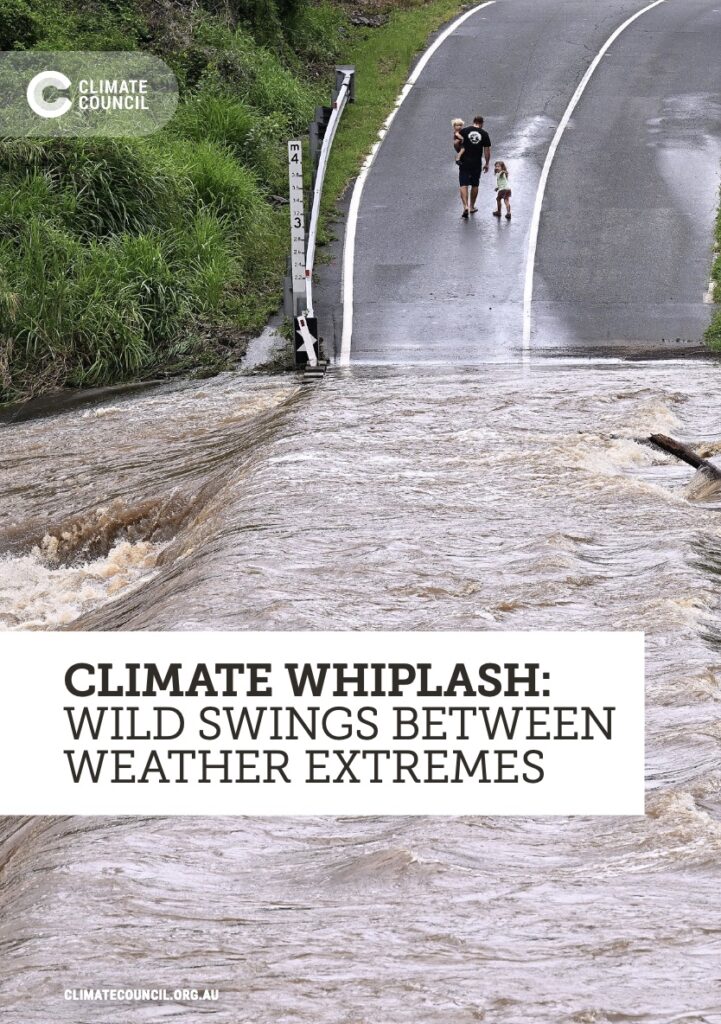
Key Findings
1. Australians are weathering climate whiplash, as communities are hurtled between flooding rains to heatwaves and fierce fire conditions, and back again.
- Australia’s driest three months on record (August to October 2023) was followed immediately by a month of well above average rainfall in Victoria, New South Wales and Queensland.
- A deadly Queensland blaze in October 2023 destroyed more homes in that state than the infamous 2019-20 Black Summer fires did; and weeks later nearby weather stations registered their highest November rainfall on record.
- An early and ferocious fire season in Gippsland, Victoria was followed almost immediately by extreme rainfall and flash flooding.
- Despite wetter conditions along the east coast
- this summer, temperatures have been well above average in the east and across most of the country.
- Almost every state and territory has broken weather records in recent months, as communities experience wild swings between all types of extremes including cyclones, flooding rains, heatwaves and extreme fire conditions.
2. In a rapidly changing climate, historical weather patterns may no longer be the best guide for what’s happening, or what’s next, as records keep tumbling.
- Millions of Australians living on the east coast sweltered through weeks of high humidity, with all eastern state capitals more humid than the long-term average for January, and Sydney registering its highest dew point on record.
- Homes around Perth have been threatened three times by large fires so far this season; with Western Australia recording its warmest September on record by a staggering margin.
- Towns in the Pilbara, Western Australia and outback Queensland recorded new January temperature records, with temperatures just shy of 50°C.
- Parts of South Australia, Tasmania and Victoria all recorded record rainfalls in December or January, as overall temperatures remained high.
3. This summer, Australia is experiencing six, clear symptoms of an overheating planet that’s caused by pollution from coal, oil and gas.
- Rising ocean temperatures along our east coast, with sea surface temperatures more than 3 degrees above average in some areas, and strong easterly winds are behind the unbearable humidity and conditions conducive to storms.
- By changing the climate, we are changing the conditions that govern natural climate drivers like El Niño and the conditions under which all weather forms. There are early signs that our overheating planet may also be changing the ways these drivers interact and behave.
- Much of the flooding we’ve experienced this summer has been the result of short, intense downpours that catch communities off guard, and can lead to dangerous flash flooding. Such events are expected to occur more often due to climate change.
- Despite the wet conditions, maximum temperatures recorded in December were well above average across much of the country, including in northern New South Wales and southeast Queensland.
- The unusually early arrival of Cyclone Jasper in Queensland, and its slow movement across land which resulted in enormous dumps of rainfall is consistent with what’s expected of cyclones on an overheating planet.
4. Our weather is now more chaotic, unpredictable and dangerous due to climate change, which presents challenges for us all.
- In this new era of climate chaos, communities have been caught off guard, emergency services strained, and conventional meteorological wisdom challenged.
- Extreme rainfall and flooding is possible in any year, even if climate drivers including El Niño have loaded the dice towards drier conditions. We always need to be prepared.
- Further investment in climate and weather information services, as well as helping communities and first-responders prepare for and cope with worsening extremes, is vital.
- Scientists agree that we need to phase out heat- trapping pollution from using coal, oil and gas as quickly as possible. The next two priorities for the Australian Government should be: 1) reforming our national environment law so we can say a quick yes to responsible clean energy projects and no to polluting ones; and 2) locking in the proposed national standards for vehicles so Australians have access to cleaner, and cheaper-to-run cars, and we reduce transport pollution.

